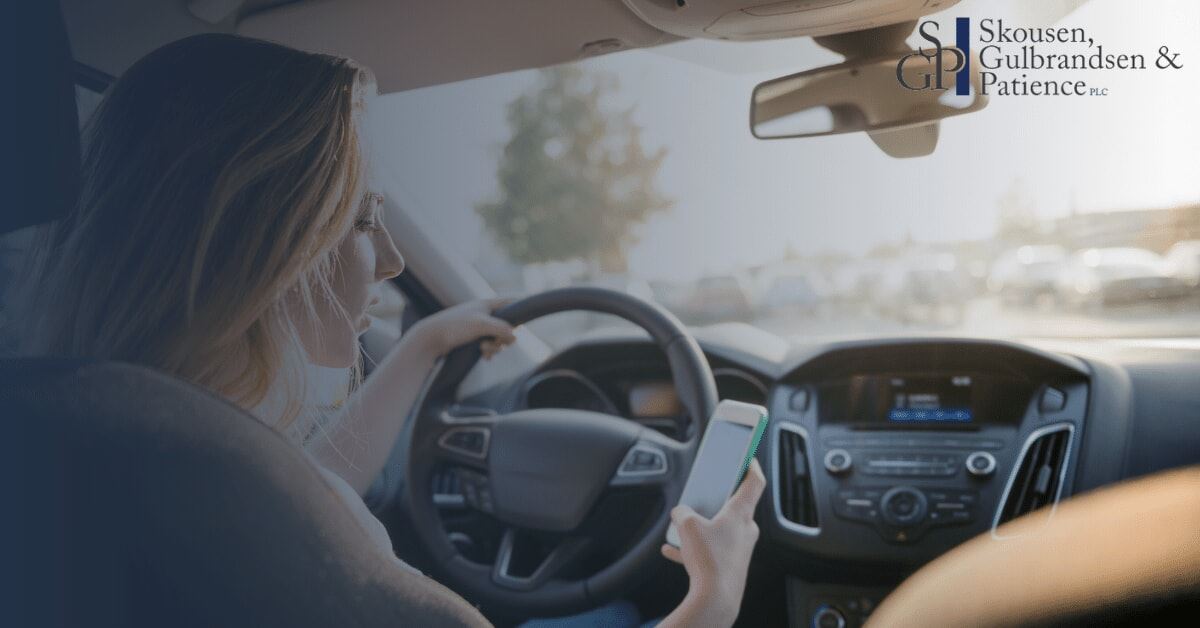
One of the most significant hazards on the road is distracted driving. Despite knowing the dangers and how it impairs someone’s abilities, countless drivers make the mistake of focusing on things other than the road. In the end, distracted drivers cause thousands of accidents each year — many of which result in catastrophic harm.
When pursuing compensation, you need to prove causation. Distractions, however, come in three forms. It’s crucial to understand what constitutes distracted driving and how to move forward with pursuing compensation.
The three types of distracted driving include:
If you suffer an injury because of someone else’s negligence, call on our firm at (480) 833-8800 for the help you need!
Cognitive distractions remove a driver’s focus from the road. Typically, drivers should be well aware of what’s in front and around them. They often let other things distract them, though, and they focus elsewhere. A cognitive distraction can lead to some of the most severe collisions because drivers may not slow down or brake when they should.
Here are some of the cognitive distractions that can arise:
Visual distractions force a driver to look away from the road. These are some of the worst types of distractions because, when combined with a high rate of speed, they can cause devastating collisions. Looking away from the road for 5 seconds while driving 55 miles per hour is enough to travel the length of a football field.
Visual distractions can include any of the following:
We highly encourage all drivers to put down the phone and focus on what’s important. Don’t look at anything other than what’s in front of the vehicle or in mirrors.
Manual distractions cause drivers to remove at least one hand from the steering wheel. While many drivers believe that they are safe drivers with just one hand, it’s much more challenging to regain control of a vehicle with just one hand.
These are some common manual distractions:
The act of texting and driving is extremely dangerous, and here’s why: A driver looks at the phone to read the text (visual distraction), grabs the phone to text back (manual distraction), and thinks up a response (cognitive distraction). All three types of distractions combine and create some of the most dangerous drivers on the road.
At Skousen, Gulbrandsen & Patience, PLC, we work to help you obtain maximum compensation and hold negligence accountable. Trust that we have the resources and experience necessary to build a solid case on your behalf. We will go above and beyond to pursue the most favorable outcome you deserve.
Our Mesa car accident attorneys have helped countless injured individuals throughout our community. We genuinely care about getting results when it matters most. We hope to speak with you soon and earn your trust.
Let us be your voice. Call us today at (480) 833-8800 for a free case evaluation.